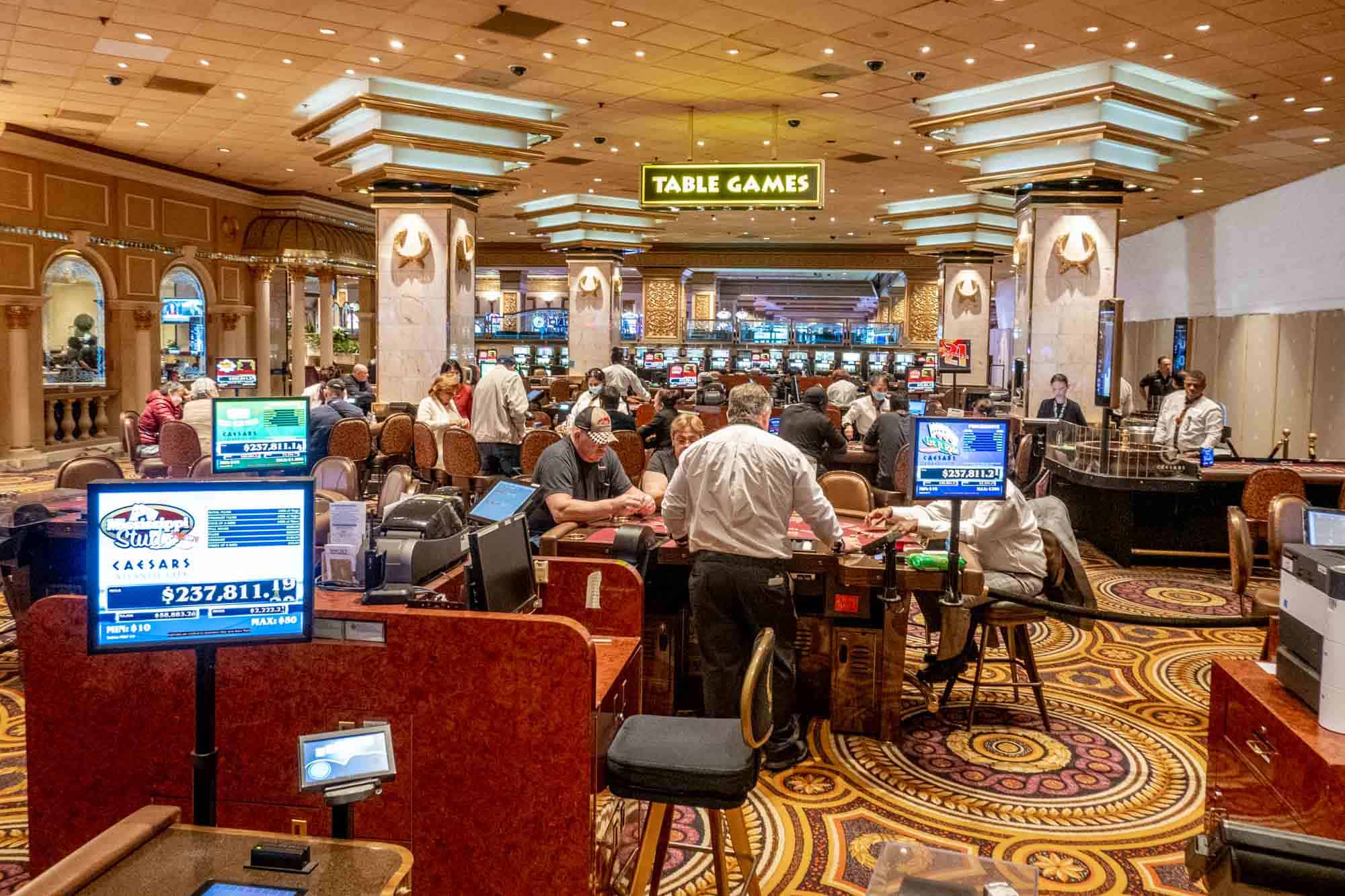
Gambling games have long captured the imagination of people around the globe, becoming an essential part of both leisure and society. From the shimmering lights of Las Vegas to the engaging experience of internet gambling, these activities evoke thrill, risk, and sometimes even a sense of remembrance. They are more than simply pastimes; they have woven themselves into the texture of society, influencing everything from film and songs to style and books.
The charm of casino games surpasses the wagering aspect, tapping into wider themes of luck, chance, and social interaction. As players gather around a poker table or spin the roulette wheel, they engage in an age-old ritual that echoes with our shared desire for thrill and uncertainty. This obsession has led to the emergence of many references in movies, tracks, and electronic games, showcasing how intensely entrenched these pastimes are in popular culture. Whether it is the intense drama of a legendary caper or the lively nightlife portrayed in videos, casino games have established a substantial role that reflects our relationship with risk.
Social Significance of Gambling Games
Gambling games have played a key role in social aspects throughout the ages. Stemming from old civilizations, games of chance were often connected to ceremonies or gatherings. For example, early forms of these activities can be traced back to historic Chinese and the Romans, where dice games and wagering on results were popular pastimes. These activities not only served as entertainment but also as methods of social interaction, facilitating connections among people within societies.
As cultures evolved, so did the sophistication and structure of casino games. The creation of formal casinos in the 17th century, particularly in the Italian region, marked a major shift in how games were viewed and structured. With specific spaces for gambling, the casino became a social hub where people from different backgrounds convened. This evolution contributed to the legitimization of the industry, transforming it from a mere pastime into an organized industry that shaped the economy and policy.
The effect of gambling games on mainstream culture cannot be understated. As they were popularized in literature and movies, games such as poker and blackjack became icons of risk, chance, and strategy. Famous figures and narratives have emerged around these games, illustrating societal views towards luck, prosperity, and immorality. This interest with casino activities has permeated various forms of entertainment, cementing their status in the public imagination and connecting them to wider cultural narratives throughout the ages.
Representation of Gambling Games in Media
Gambling games have long been a popular subject in different types of entertainment, reflecting both the excitement and intricacies of the world of gambling. Movies such as Ocean’s 11 and Casino Royal portray characters who navigate dangerous scenarios, showcasing not only the allure of the gambling environment but also the tactics and choices that come with playing popular games like Texas Hold’em and 21. These movies often dramatize the excitement of winning and the potential consequences of losing, encapsulating the risks involved in gambling.
Television shows have also explored the realm of gambling activities, often integrating them into the storyline as a setting for character development and tension. Shows like Las Vegas depict the stories of gambling employees and customers, highlighting the vibrant, often disorderly energy of the gaming floor. Reality shows featuring high-stakes betting contests further emphasize the appeal of casino games, drawing viewers into the excitement and tactics involved in each game. Through these representations, media not only entertains but also stimulates conversations about luck, expertise, and the nature of chance.
Gaming have increasingly included gambling activities into their development, allowing players to experience the feeling of betting without financial risk. Games within the domain of digital gaming often include virtual slots, poker, and other popular casino games, creating an engaging environment that mirrors real-life gameplay. These digital representations make casino games accessible to a worldwide viewer base, appealing to both players who indulge and those who enjoy the rush of virtual experiences. As a consequence, the representation of gambling activities in entertainment continues to shape cultural attitudes and cultural relevance, highlighting their function in entertainment and culture.
Effect of Gambling Activities on Society
Gambling activities have a meaningful effect on society, affecting multiple aspects of societal norms and interpersonal behavior. They often serve as a platform for social interaction, where people come together to enjoy a shared experience. Game nights with friends or visits to casinos become group events that build connections and create shared moments. This communal aspect enhances the entertainment value of gambling activities, making them a favored choice for festivities and recreational pursuits.
Moreover, casino games have been portrayed in countless movies, TV series, and written works, influencing views and attitudes towards gambling and gaming. Icons like James Bond competing in baccarat or the intense poker scenes in films have cemented these games in the shared imagination. This depiction often idealizes the lifestyle associated with gambling, drawing in new players and impacting trends in both style and conduct. These portrayals can ignite curiosity and lead to a deeper exploration of the intricacies of gaming.
However, there are also adverse consequences associated with the widespread appeal of casino games. The allure of quick monetary gain can lead to gambling addiction and financial troubles for some people. The community must grapple with these consequences, advocating for responsible gaming and awareness of the dangers involved. win33 Balancing the fun aspect of casino games with the risks is crucial to ensure that they remain a positive aspect of our societal fabric.